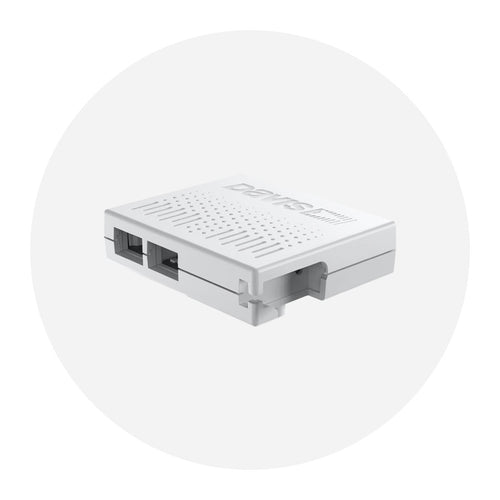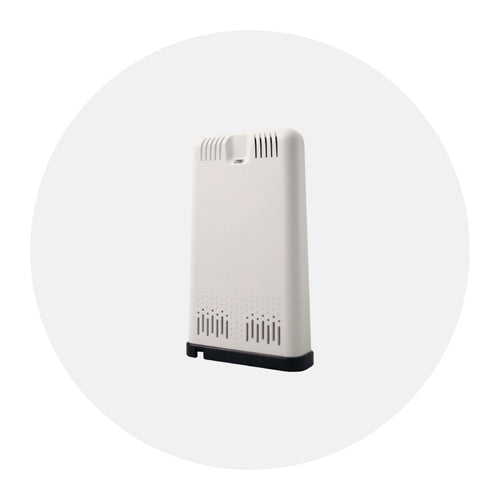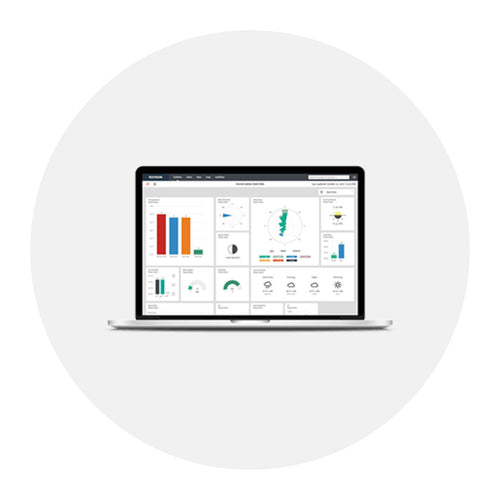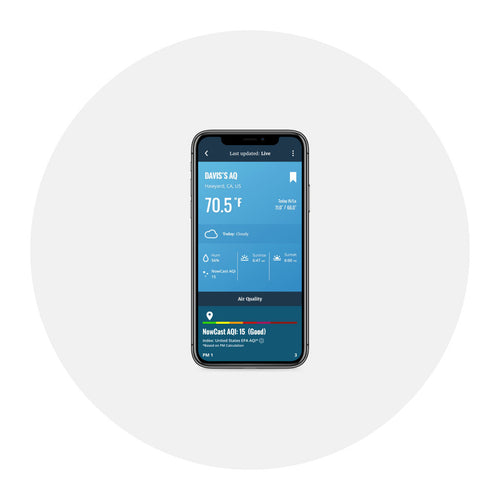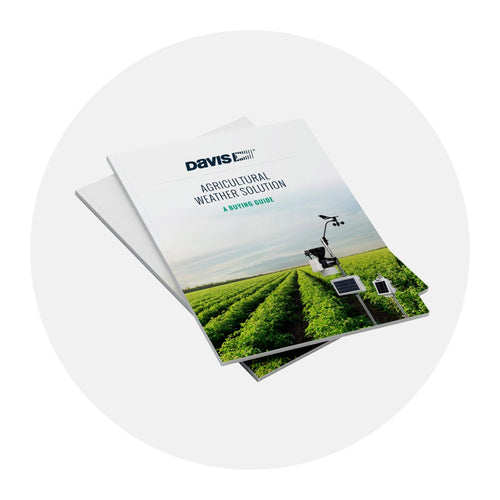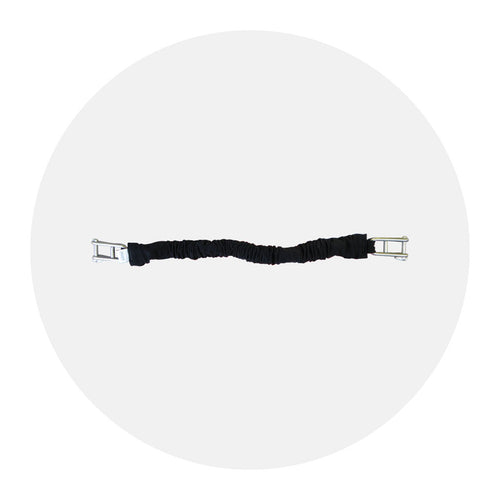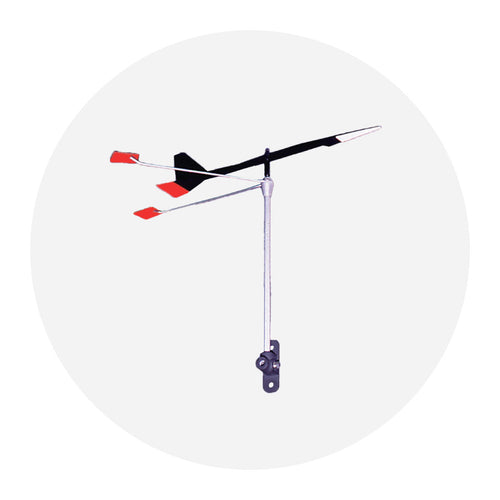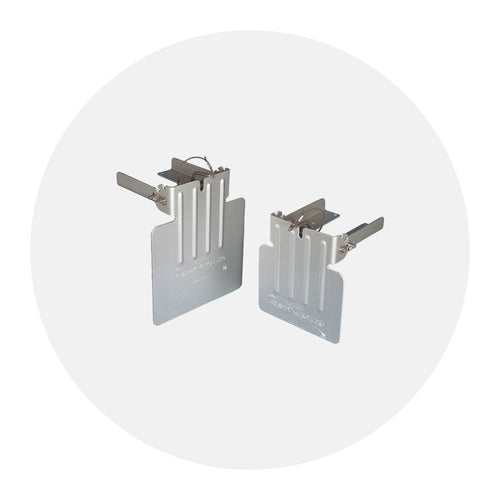You might have heard your local weather forecaster give information about the UV index. This is one type of solar radiation that is important to track because it can affect outdoor activities. As we all know, too much UV radiation from the sun can cause sunburn and has been associated with the development of certain types of skin cancer.
But UV is not the only form of solar radiation. Below we’ll explore the solar radiation definition further and the ways to measure it using various sensors and tools.
What Type Of Radiation Is Solar?
First, let’s discuss what solar radiation is. Our sun is a giant nuclear reactor that sends out heat, light, and many other types of radiation. The solar radiation definition includes infrared, visible light, Ultraviolet light (UV), and other types of radiation. This differs from sources of radiation that are from terrestrial sources, such as uranium and cobalt.
What Is Solar Radiation And Why Is It Important?
It is important to know the levels of certain types of solar radiation for various applications. As mentioned earlier, the measurement of UV radiation is important for human health. Those in the solar power and alternative energy industry also need to track the amount of solar radiation for energy generation purposes. Other fields that rely on solar radiation data include agriculture, astronomy, photobiology, and factories that produce materials that can degrade in UV light. Many industries and research laboratories depend on reliable measurements of different types of solar radiation.
Davis Vantage Pro2 Plus weather stations include both a Solar Radiation sensor and a UV sensor. These sensors can also be added to any Vantage Pro2 sensor suite.
The Solar Radiation sensor measures the intensity of the sun’s radiation reaching a horizontal surface. This irradiance includes both the direct component from the sun and the reflected component from the rest of the sky. The solar radiation reading gives a measure of the amount of solar radiation hitting the solar radiation sensor at any given time, expressed in Watts/sq. meter (W/m2).
The Solar Radiation sensor also provides evapotranspiration (ET) and the temperature/humidity/sun/wind (THSW) index. ET is important to growers, and the THSW Index is a heat index that also includes sun, wind and humidity to give a good idea of how hot it feels.
Davis’s UV sensor measures UV. The Vantage Pro2 helps analyze the changing levels of UV radiation and can advise of situations where exposure is particularly unacceptable.The Vantage Pro2 displays UV readings in two scales: MEDs and UV Index.
A UV sensor is used by those who wish to measure the amount of UV light that is being received by humans and animals for health purposes. They are also used by those who operate warehouses or manufacturing facilities that make products that degrade in UV light. The sensor measures both direct and scattered UV, and provides a readout of the UV index, dose rate, daily dose, and accumulated dose.
Davis Instruments are backed by 50 years of engineering experience, and they have a reputation for accuracy, reliability, and durability under a range of environmental conditions.







